Natural Convection With Surface Radiation CFD: A Fluent Validation Tutorial
Natural Convection With Surface Radiation CFD: A Fluent Validation Tutorial
- Upon ordering this product, you will be provided with a geometry file, a mesh file, and an in-depth Training Video that offers a step-by-step training on the simulation process.
- For any more inquiries regarding the product, please do not hesitate to reach out to us at info@CFDLAND.com or through our online support assistant.
€170 Original price was: €170.€140Current price is: €140.
Natural convection in a square cavity is a classic problem used to test the accuracy of CFD codes. This report details a Natural Convection With Surface Radiation CFD simulation of a 3D, air-filled cavity. The goal is to perform a detailed Natural convection CFD Validation by comparing our results against the benchmark paper, “Three-dimensional numerical simulation of convection and radiation in a differentially heated cavity using the discrete ordinates method” [1]. This ensures our simulation method is reliable for more complex problems where both fluid flow and radiation are important.
Reference [1]: Colomer, G., et al. “Three-dimensional numerical simulation of convection and radiation in a differentially heated cavity using the discrete ordinates method.” International Journal of Heat and Mass Transfer 47.2 (2004): 257-269
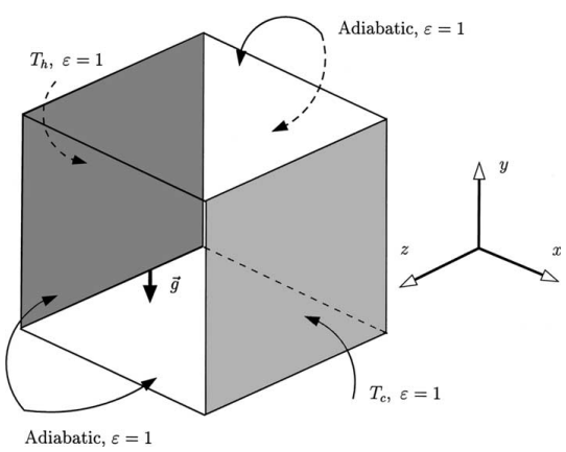
Figure 1: The schematic of the 3D differentially heated cavity used for this benchmark study [1].
Simulation Process: Modeling the Surface Radiation Fluent Simulation
The simulation was performed in ANSYS Fluent on a 3D cubic cavity. The two vertical walls were set to different, constant temperatures (a hot wall and a cold wall) to drive the flow. The air inside was treated as a transparent medium, so the most important heat transfer mechanism between the walls is radiation. To model this, the Surface to Surface (S2S) Radiation model was used. This model is perfect for calculating radiation exchange in an enclosure between gray-diffuse surfaces. The simulation was solved to capture the combined effects of the buoyancy-driven airflow and the wall-to-wall radiation.
Post-processing: CFD Analysis, Validating the Coupled Heat Transfer
The simulation results provide a clear and fully substantiated story that begins with the physics driving the system. The primary “cause” is the temperature difference between the vertical walls. This temperature difference does two things at once. First, it creates buoyancy, making the air near the hot wall lighter and the air near the cold wall heavier. This difference in density is the engine that drives the classic natural convection loop, which is perfectly visualized in the velocity contours. The streamlines show warmer air rising, cooler air sinking, and a symmetrical twin-vortex structure forming in the center. Second, the hot wall radiates thermal energy directly to all other surfaces. This is a separate, simultaneous heat transfer path managed by the Surface Radiation CFD model.
Table1: Validation study for natural convection with surface radiation CFD simulation problem
| CFD Simulation | Reference Paper | Error (%) | |
| Vx | 0.0287719 | 0.1869 | 5.42 |
| Vy | 0.0437262 | 0.2865 | 4.52 |
| Qr | 42.7866090 | 3.385 | 3.02 |
| Qc | 48.1317680 | 3.983 | 7.29 |
| Qt | 90.9183770 | 7.368 | 5.33 |
This coupled action of convection and radiation has a direct, measurable “effect” on the flow field and the temperature distribution, and our simulation’s ability to accurately capture this is the core of our validation. The table below shows that our predicted velocities (Vx and Vy) match the reference paper with errors of only 5.42% and 4.52%, respectively. This proves our model correctly solves the fluid motion. More importantly, the temperature contour in Figure 2 is not made of straight, horizontal lines; the lines are curved because the S2S radiation model is correctly adding its influence to the convective heat transfer. The validation table confirms this with outstanding accuracy: the radiative heat flux (Qr) has an error of just 3.02%, and the total heat flux (Qt) is within 5.33% of the benchmark value. The most significant achievement of this study is the successful validation of a coupled physics model, proving with exceptionally low error rates that the simulation accurately quantifies both the buoyancy-driven fluid flow (the cause) and the combined convective and radiative heat transfer (the effect), establishing a trusted method for complex enclosure analyses.
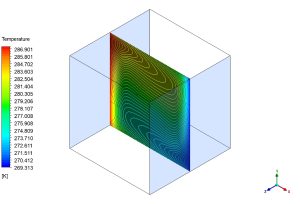
Figure 2: Isotherms from the Natural Convection With Surface Radiation Fluent simulation, showing the curved temperature pattern caused by the interaction of convection and radiation.
We pride ourselves on presenting unique products at CFDLAND. We stand out for our scientific rigor and validity. Our products are not based on guesswork or theoretical assumptions like many others. Instead, most of our products are validated using experimental or numerical data from valued scientific journals. Even if direct validation isn’t possible, we build our models and assumptions on the latest research, typically using reference articles to approximate reality.
Yes, we’ll be here . If you have trouble loading files, having technical problems, or have any questions about how to use our products, our technical support team is here to help.
You can load geometry and mesh files, as well as case and data files, using any version of ANSYS Fluent.
€160 Original price was: €160.€80Current price is: €80.

€240 Original price was: €240.€175Current price is: €175.

€265 Original price was: €265.€135Current price is: €135.

€360 Original price was: €360.€185Current price is: €185.

€240 Original price was: €240.€115Current price is: €115.

€280 Original price was: €280.€145Current price is: €145.
















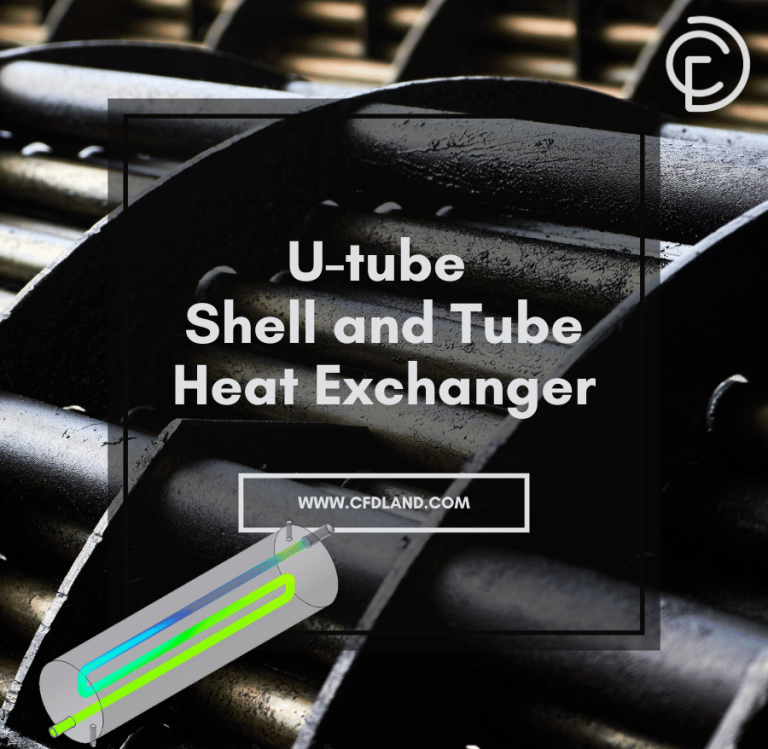
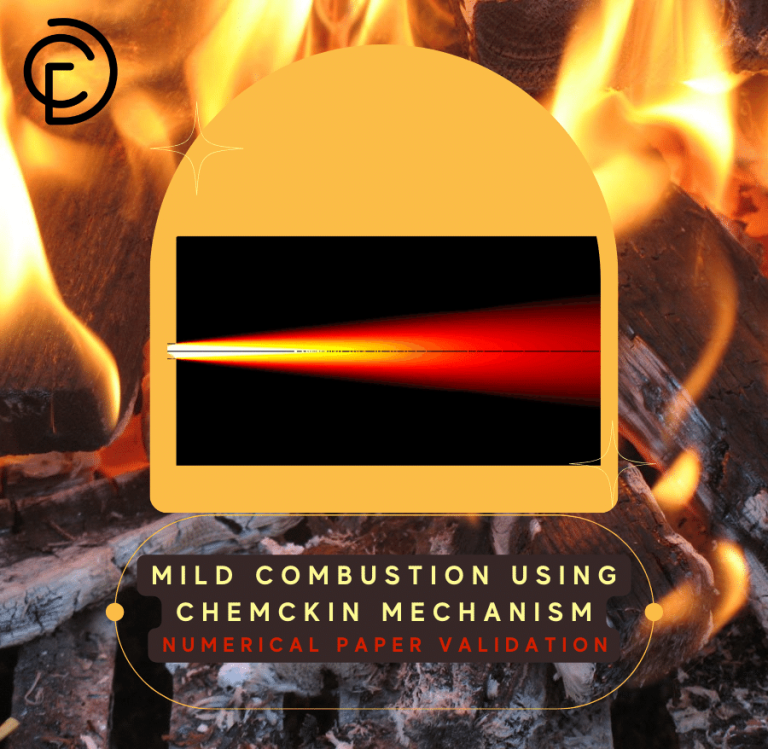
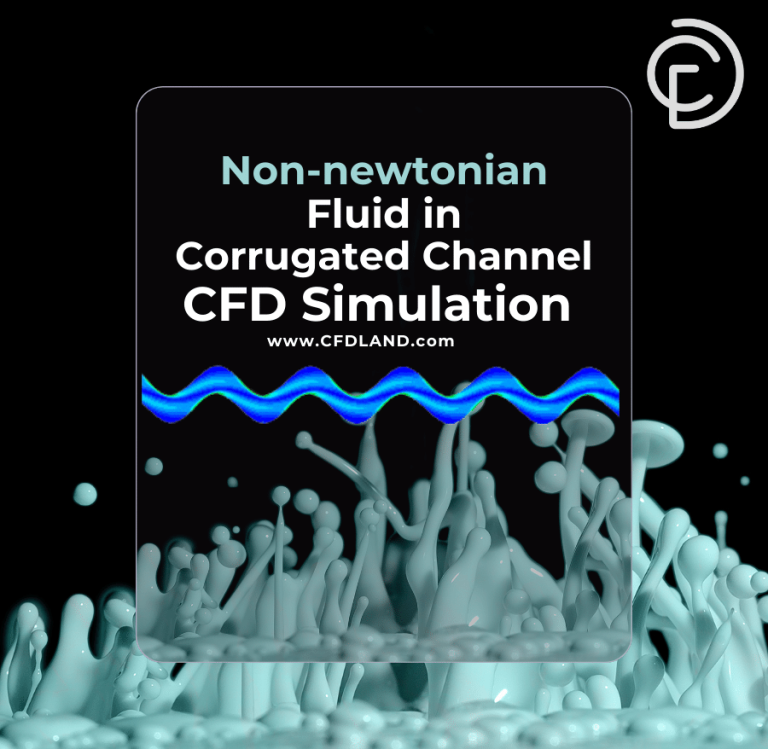
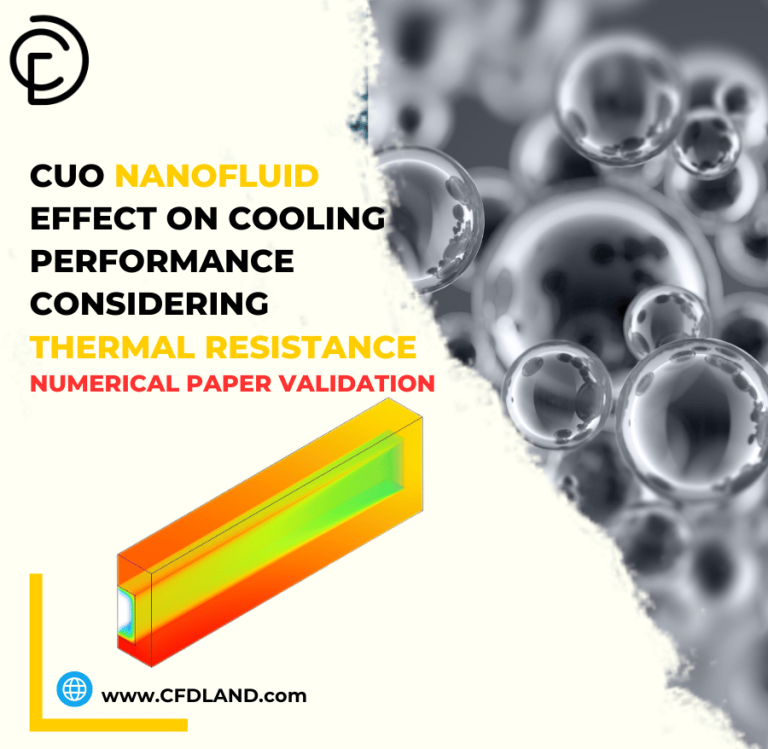
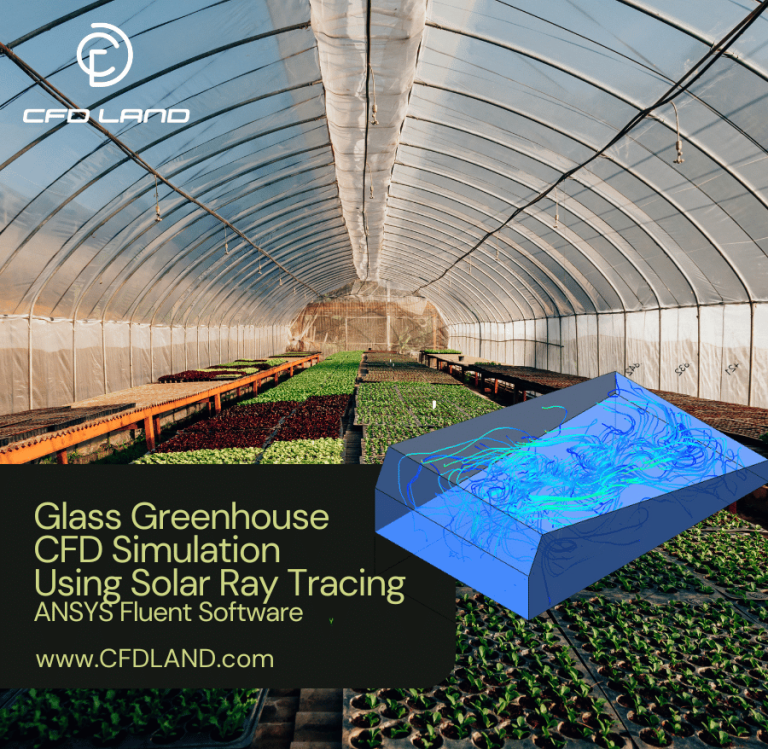
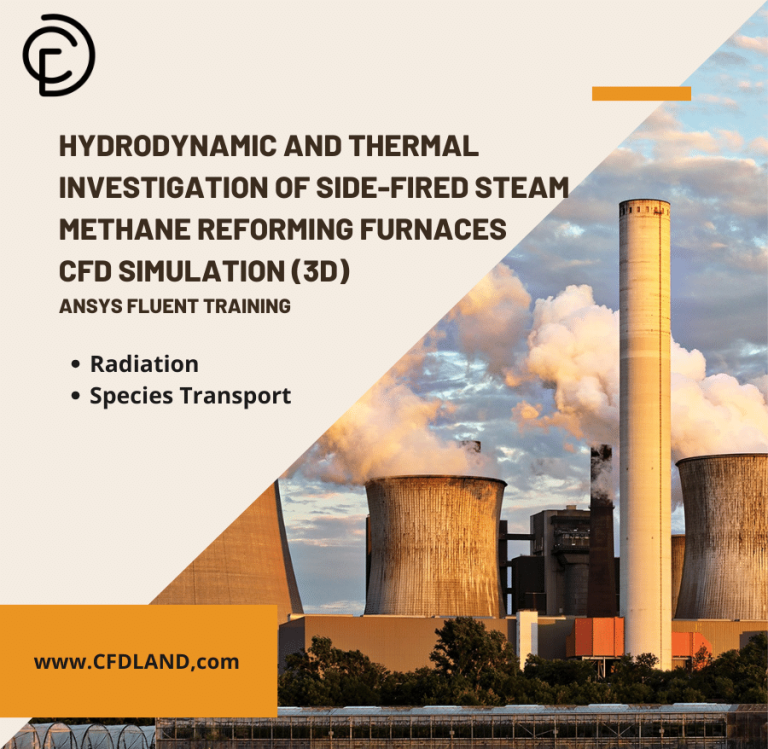
Reviews
There are no reviews yet.